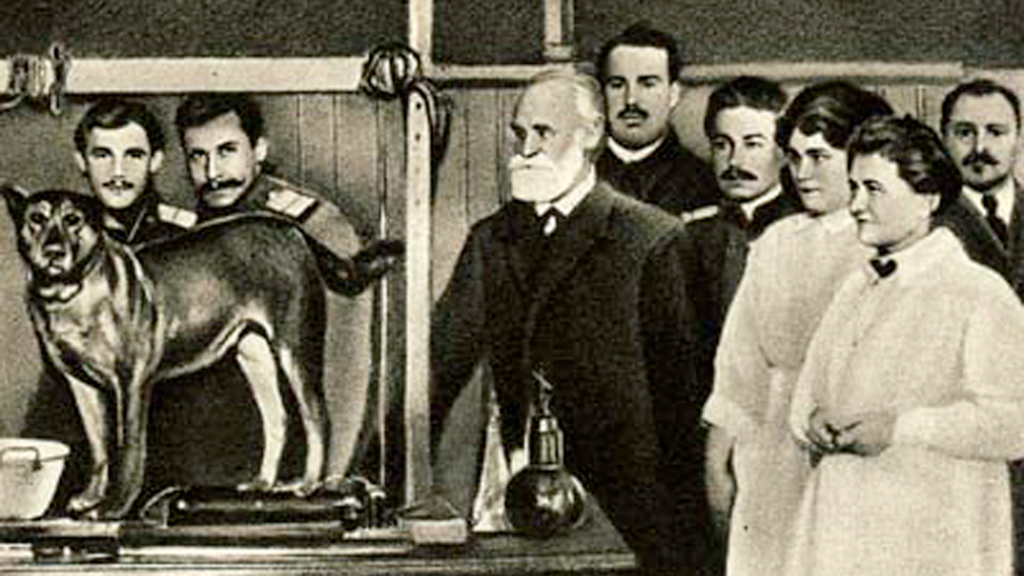Abstract
In this interrupted case study, students learn about a series of studies conducted in the late '50s/early '60s by Robert Young at the University of Texas at Austin. The studies, which explored the type of phenomena that behaviorism has had a difficult time explaining, were instrumental in the rise of cognitive psychology. A set of PowerPoint presentations (available for download in Supplementary Materials) are used to run an in-class demonstration as explained in the teaching notes. The case was written for use in a cognitive psychology course, but could also be used in other psychology courses such as Introductory Psychology, History and Systems of Psychology, or other courses in which the contrast between behaviorist and cognitive explanations of behavior are discussed.



